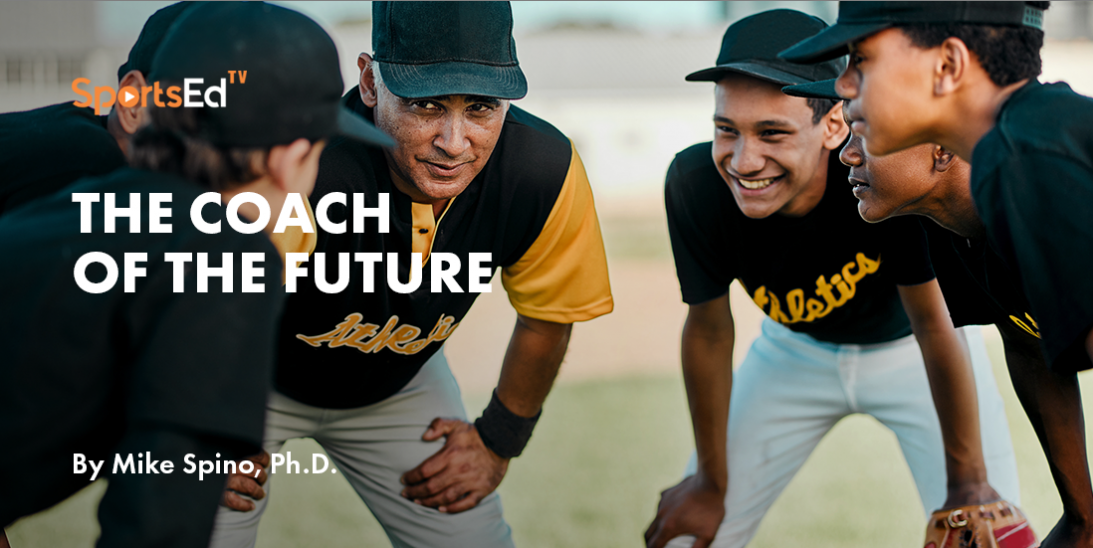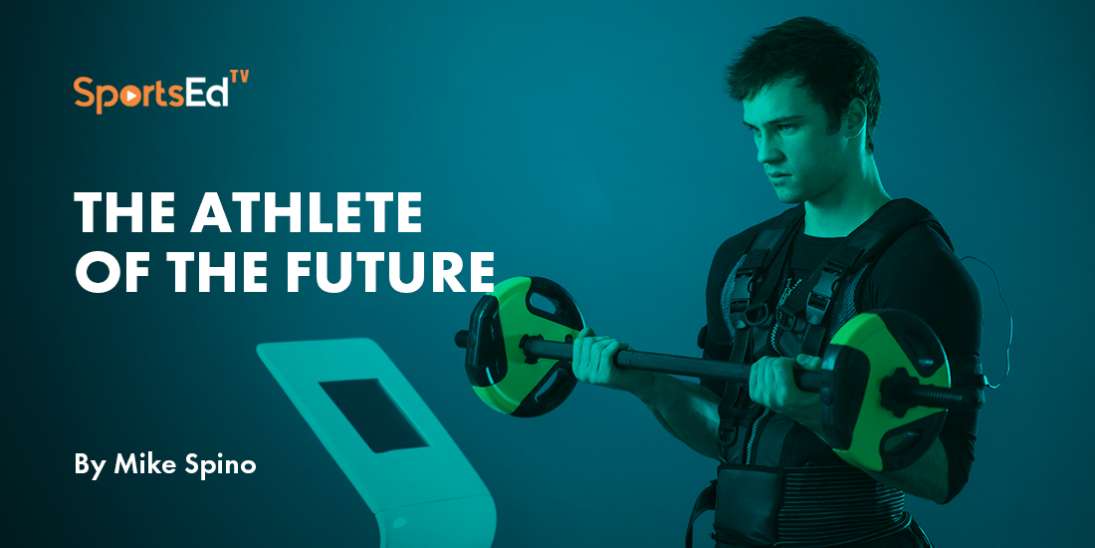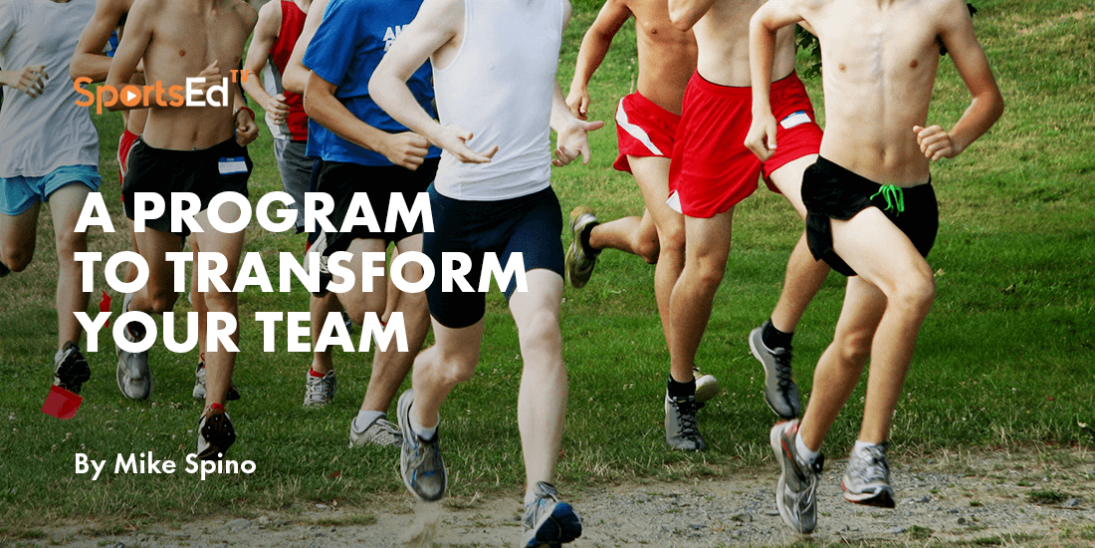Mental Health
Welcome and thanks for visiting...

What Guided Imagery Can Add to Performance

If you have the proper imagery in your mind it can be a big benefit to sports action. Following are examples of guided imagery, sometimes called visualization. If done properly they can give a person extra awareness and feel for their sport.
HOW DO GREAT ATHLETES VISUALIZE SUCCESS AND HOW IT IS ACCOMPLISHED?
The great footballer Jim Brown, from my school Syracuse University, could do amazing things on the football field, like cutting for the correct hole, and effortlessly gliding into the clear field. Spectators saw that while on the field, however, they didn’t witness, his mental planning done within the locker room or led by a sports psychologist or mental trainer. Every kid is doing a visualization in his home net when he says 3,2,1 and swishes a basketball. I did it with my childhood friends; it is the essence of being a hero to the home crowd., and kids yearning to be their best selves.
Mental imagery needs to be planned. There are some basics to visualization and guided imagery that you should know at the onset. Guided imagery is when there are gaps in the narrative with the intention of the athlete filling in the blanks from their own best scenario. Visualization is following a line guide to the end of a narrative that comes out perfectly. Imagery can be internal or external, seeing yourself from outside going towards, say a camera. Internal is feeling from within yourself and external viewing from outside. One has to be careful during the visualization as research shows some processes don’t work well for different genders. For instance, research on a high school cross country team reveals that internal visualization can make female cross-country runners uncomfortable while external is a little easier for them to experience and not be self-conscious.
THE first element is learning to relax yourself
When your mind/body is scattered it isn’t easy to do visualizations or guided imagery. That is why it is preferable to practice meditation beforehand for a first a few times a week. Then we do visualization or guided imagery at least half of the way into a program. The “jumpy mind” isn’t ready for it right away. The best practice for relaxation meditation is to begin breathing as you count number one on the inhale and two on the exhale. My friend Max Vallot at District Vision (www.districtvision.com) teaches us to pause for a split second on the inhale, as well before the exhale. As you practice this breathing by counting to four each time, you probably will lose your count occasionally. That is alright, just return to one and start again.
Once the breathing smoothies out and one can count through to four quite easily it is time to cease the counting and just follow your thoughts randomly. Let them simply roll through your mind. If you feel you have been having a little trouble with watching go back to counting to four again monitoring your thinking, at this point, maybe when you have finished four weeks doing this for 10 minutes or so it is time to try visualization and guided imagery because, by this time, you can carry an image into perhaps a sport or game and have it become effective.
Centering before Guided Imagery or Visualization
After perhaps a few weeks you are ready to do a lead-in to your visualization or guided imagery. This is aided by a technique called centering. It develops your ability to develop composure in action. When centering succeeds for an individual, you can adjust unconsciously to the psycho-physical demands of the game. In other words, the mental and physical alignments that must be continually evaluated in a game occur almost by themselves. You learn to center by controlling breathing in the abdomen where it can be utilized for the psycho-physical aspects of the game. Being centered means that your movements are directed towards a specific goal without being distracted. Physically this ability springs from the area in your belly, and If you move from this center your movements tend to be coordinated.
Technique: Begin by standing face to face with someone. One person begins to walk forward while the other person places his hand on his partner's chest and offers resistance. The person walking against the hand will notice that when his breathing awareness is located in the center of his body, (known to the Chinese as tandem) it is easier to move against the resisting hand. Repeat for three or four times, each about 40 meters, alternating partners so that both get a kinesthetic sense of centering movement. Afterward, you can enter the visualization for your activity. A few are listed below for various sports. Best to read the exercises into your phone and play them just before you practice each of the sessions.
VISUALIZE THIS FOR GOLF
THE LONG DRIVE:
Walking to the tee for a long drive and scanning the fairway, you feel your drive will go deep into the green. You feel a power building from your feet, reaching up to your back and arms and into the grip of your hands. Under perfect control, you raise your club and strike the ball. In your mind's eye, watch the ball go true, far and deep into the fairway. Walking off the tee towards the ball, you sense the game's momentum-shifting your way.
THE PERFECT PUTT
You are faced with making an important putt. While walking up to address the ball you have a sense of confidence about the important shot. You line up the anticipated shot with your club handle and take a few practice strokes imagining a line between the ball and the hole. When you putt, the ball follows directly into the hole and drops perfectly giving you a satisfying sense of accomplishment.

IN TENNIS
As the first ball comes over the net you seem to be able to return each one with ease. Your racquet seems to attack the ball. Each stroke is smooth, efficient, and powerful. Concentrating on the seams of the ball as it clears the net you are detached and focused. The ball seems to be moving slowly, allowing you time to get into your rhythm. Correct anticipation seems to be a trademark of your game. Before you have even begun to tire you have won the first game.
ALL SPORTS
Do this short memory image a few moments before the critical part of the game or match:
You are now facing the climax of the game or event. There is still a feeling of kinesthetic grace and ideal form as you are waiting for the perfect moment at which to release your final reserves of speed and power. When you are secure, knowing that when you give the signal your body will respond instantly.
Of course, listen to your coach's instructions but you can also do this before competitions:
Runner: Now you are making your final thrust, opening your throttle. When you do, the energy and power you expected come forth in full measure. As you approach and pass others, your energy and, determination double and each new step is like the first. As you cross the finish line, you feel intensely aware of your courage and determination. Looking at the clock you notice you have run the time you set for yourself. You are happy and satisfied with your achievement.
Tennis: You are now in the final points of the match. With each score, you are feeling more dominant. Any challenge your opponent mounts is put down immediately. With the final winning shot, you feel an intense awareness of your capability and determination double, and looking at the scoreboard, you notice you have won by exactly the margin you set for yourself. You are happy and satisfied with your achievement
Skiing- Now at full speed, you are coming to the completion of a perfect run. You sense a true harmony with nature. In the final turn, there is a sense of inspiration in your body and you feel remarkably strong. You have skied the mountain fast and fluidly achieving you're the goal you set for yourself. You are happy and satisfied with your achievement.
Basketball: During a time out, in the final minutes of your game you can accomplish whatever is necessary to win. You have energy and power over your opponent. . Here is a blocked shot, another swishing one-hander, again a perfect assist- all smooth and perfectly timed. You play hard and intensely until the last moment of the game. Looking at the scoreboard your team has won by a good margin and your statistics look just as good. You are happy and satisfied with your achievement.
If your sport is not included in these examples you can make one up by following these tenets.
Conclusion:
Many athletes testify to the fact that athletic contests are as much mental as physical. In line with this statement, this article has emphasized the mental aspects of your favorite sport. By closing the gap between the idealized and the real, we create winning efficiency.





